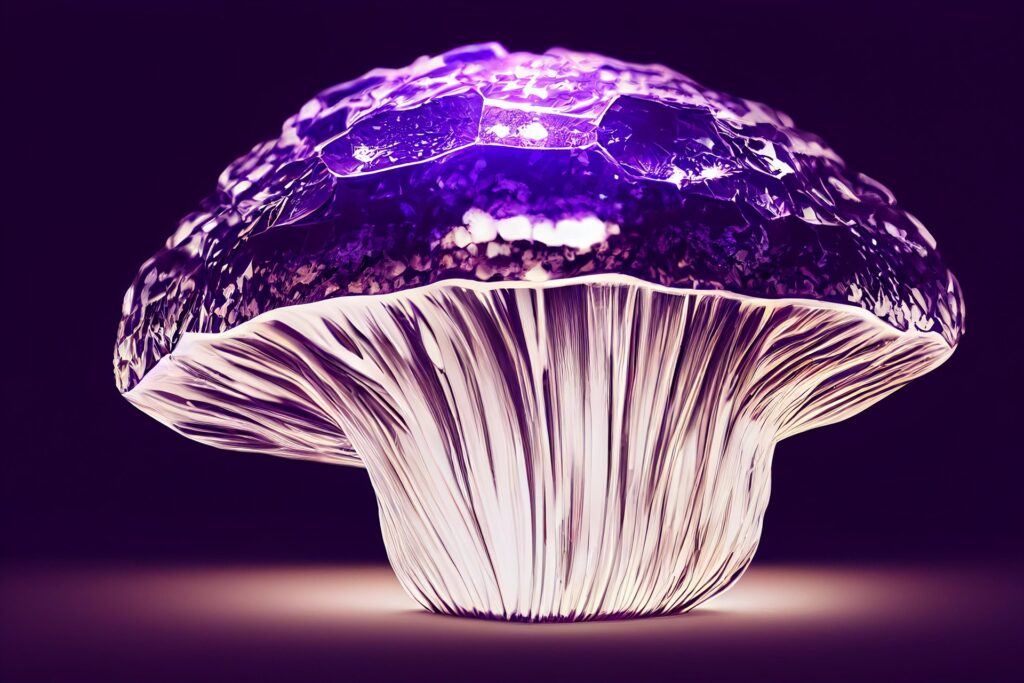
Crafting Compelling Fantasy Worlds in 2025
Fantasy writing is a portal to boundless creativity, where authors wield the power to craft epic tales, mythical creatures, and immersive worlds that captivate readers. In 2025, the genre continues to thrive, blending traditional elements like dragons, magic systems, and heroic quests with innovative storytelling techniques. Whether you’re penning high fantasy, urban fantasy, or grimdark, mastering the art of fantasy writing requires a deep understanding of its core components. This blog post explores essential strategies and keywords to elevate your fantasy writing, ensuring your story resonates with readers and stands out in a crowded market.
Building Immersive Fantasy Worlds
Worldbuilding is the cornerstone of fantasy writing. A richly detailed world—complete with unique cultures, histories, and geographies—grounds your story and makes it believable. Start by defining the setting: is it a sprawling medieval kingdom, a dystopian realm, or a magical forest? Consider the lore—the myths, legends, and histories that shape your world’s identity. For example, J.R.R. Tolkien’s Middle-earth is steeped in lore, from the Silmarillion’s creation myths to the intricate languages of Elves and Dwarves.
Incorporate fantasy tropes like enchanted artifacts, ancient prophecies, or chosen ones, but subvert them to avoid clichés. Create a magic system with clear rules—whether it’s hard magic (structured, like Brandon Sanderson’s Mistborn) or soft magic (mystical, like Tolkien’s Gandalf). Define the cosmology: are there gods, demons, or cosmic forces at play? Map out your world’s geography, from misty mountains to cursed wastelands, and consider ecology—how do fantastical creatures like griffins or wyverns interact with their environment?
Keyword tip: Use terms like worldbuilding, lore, magic system, fantasy tropes, hard magic, soft magic, cosmology, geography, and ecology to signal expertise to readers and search engines.
Crafting Memorable Characters
Characters are the heart of any fantasy narrative. Your protagonist—whether a reluctant hero, a cunning rogue, or a sorceress—must feel authentic and relatable. Give them backstories that tie into the world’s lore, such as a knight haunted by a forgotten prophecy or a thief bound by a magical curse. Antagonists should be equally compelling, whether they’re dark lords, corrupted gods, or morally gray rivals. Consider character arcs: how will your hero evolve from a farmhand to a dragon-slayer?
Diversity in character design is key in 2025. Include mythical races like elves, dwarves, orcs, or create original species with unique cultures. Explore archetypes—the wise mentor, the trickster, the shadow—but give them fresh spins. For example, a mentor could be a snarky alchemist instead of a bearded wizard. Use dialogue to reveal personality and world details, and weave in motivations tied to the story’s stakes, like saving a kingdom or breaking an ancient spell.
Keyword tip: Optimize with terms like protagonist, antagonist, backstory, character arc, mythical races, archetypes, dialogue, and motivations.
Plotting Epic Quests and Conflicts
A gripping fantasy plot hinges on conflict. Whether it’s a hero’s journey, a battle against a dark force, or a political intrigue in a royal court, your story needs stakes that keep readers hooked. Structure your narrative with classic frameworks like the three-act structure or the monomyth, but don’t be afraid to experiment with nonlinear storytelling or epic sagas spanning multiple books.
Incorporate quests—physical journeys (retrieving a magical artifact) or emotional ones (mastering inner demons). Add layers with subplots, such as a romance between a knight and a fae or a betrayal within a guild. Use foreshadowing to hint at twists, like a prophecy’s hidden meaning, and balance pacing to alternate between action-packed battles and quieter, character-driven moments. Climaxes should feel earned, whether it’s a showdown with a necromancer or a world-altering ritual.
Keyword tip: Boost visibility with conflict, hero’s journey, three-act structure, monomyth, quests, subplots, foreshadowing, pacing, and climax.
Weaving Magic and Mythology
Magic and mythology are the lifeblood of fantasy. A well-crafted magic system adds depth and consistency. Decide if magic is rare or common, innate or learned, and how it impacts society—does it fuel wars or drive economies? Mythology ties into your world’s belief systems, from pantheons of gods to ancient spirits. Draw inspiration from real-world myths, like Norse or Celtic traditions, but make them unique to avoid derivativeness.
Introduce magical artifacts (e.g., a sentient sword), enchanted creatures (e.g., phoenixes), or arcane rituals to enrich your story. Ensure magic has costs or limitations to maintain tension—unlimited power risks breaking immersion. For example, a sorcerer might need rare ingredients or suffer physical tolls when casting spells.
Keyword tip: Use magic system, mythology, magical artifacts, enchanted creatures, and arcane rituals to attract fantasy enthusiasts.
Engaging Modern Audiences
In 2025, fantasy readers crave originality and inclusivity. Blend subgenres like epic fantasy, urban fantasy, grimdark, sword and sorcery, or portal fantasy to appeal to diverse tastes. Address modern themes—climate change, identity, or power dynamics—through a fantastical lens. For instance, a story about a druid fighting a polluted realm could resonate deeply.
Leverage social media platforms like X to share snippets, engage with fans, and join fantasy writing communities. Use beta readers and writing workshops to refine your manuscript. Consider self-publishing or traditional routes, and optimize your book’s metadata with keywords like fantasy novel, epic adventure, or magical realism to boost discoverability on platforms like Amazon.
Keyword tip: Include subgenres, epic fantasy, urban fantasy, grimdark, sword and sorcery, portal fantasy, social media, beta readers, writing workshops, self-publishing, fantasy novel, epic adventure, and magical realism.
Polishing Your Manuscript
A polished manuscript is crucial for success. Focus on prose that balances vivid descriptions with concise storytelling. Avoid overwriting; let your world shine through action and dialogue rather than lengthy exposition. Edit for consistency in your magic system, character motivations, and lore. Use tools like Grammarly or ProWritingAid, but also seek editorial feedback from professionals to catch plot holes or pacing issues.
Craft a compelling query letter for agents or a strong blurb for self-publishing. Test your opening chapter with writing prompts or contests to gauge reader interest. Ensure your themes—courage, sacrifice, redemption—resonate emotionally, making your story unforgettable.
Keyword tip: Optimize with prose, consistency, editorial feedback, query letter, blurb, writing prompts, and themes.
Conclusion
Fantasy writing in 2025 is an exciting blend of tradition and innovation. By mastering worldbuilding, crafting dynamic characters, plotting epic quests, and weaving intricate magic systems and mythologies, you can create stories that enchant readers. Stay attuned to modern trends, polish your craft, and leverage digital platforms to share your work. Whether you’re writing about dragons, sorcerers, or interdimensional portals, the key is to let your imagination soar while grounding your story in relatable emotions and stakes. Start your fantasy journey today, and craft a tale that will linger in readers’ hearts for years to come.
Call to action: Share your fantasy writing tips on X, join a writing community, or start your next chapter now!


